How to Maximize Your Nursery Station with Microgreens
Want to learn how to grow microgreens and maximize your revenue while you’re at it?
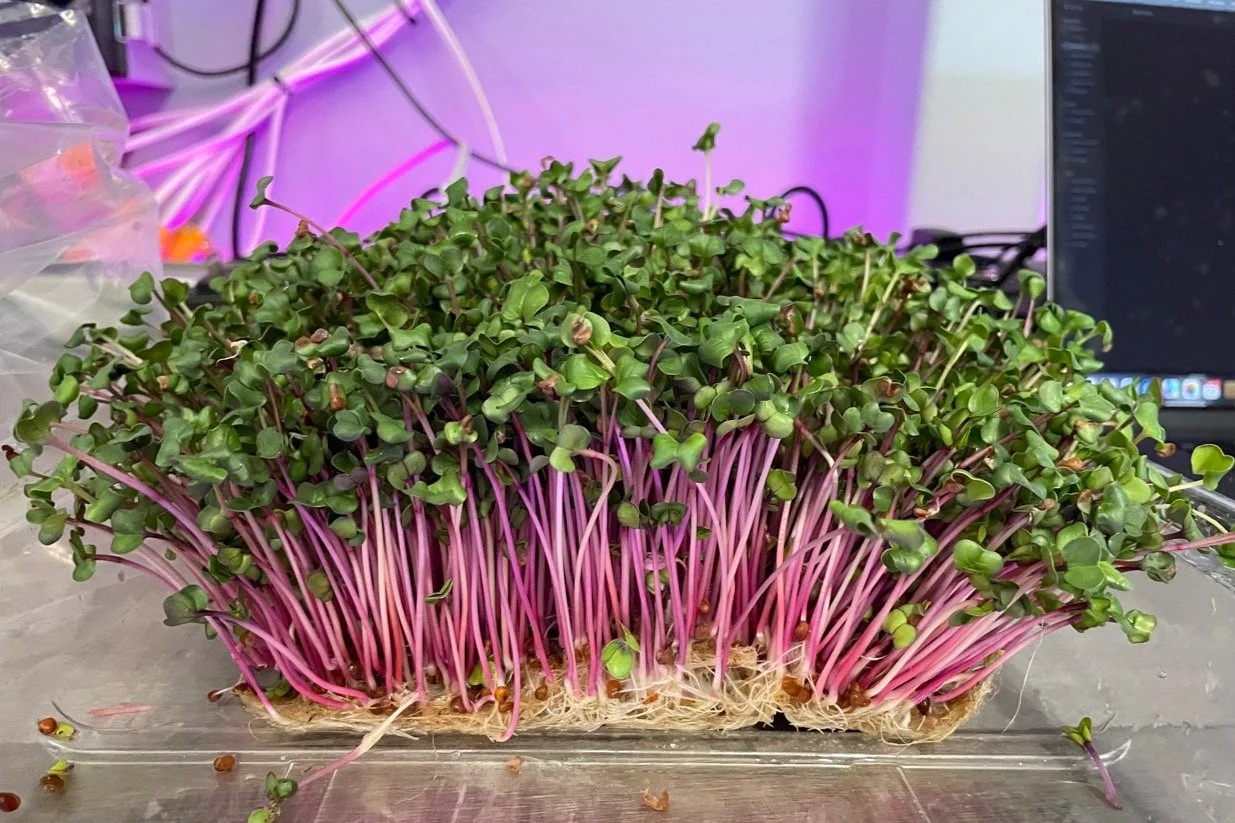
First off: What are microgreens?
Microgreens are very young seedlings of vegetables and herbs. These tiny plants pack a surprisingly powerful punch, with big flavor and lots of nutritional content.
You probably know that Greenery™ S vertical farms have two growing areas: the Nursery Station (where seedlings sprout) and the Cultivation Area (where plants mature). It just so happens that the Nursery Station has some extra room. Why not use this space for growing microgreens to make some extra income?
Why is there extra room? Here’s the quick math: The Nursery Station has room for 16 trays (of either 200 or 288 cells). To keep the Cultivation Area full, if you’re only growing lettuce you’ll need to plant 990 plants (in 4–5 trays) in the Nursery Station each week, where they’ll stay for 3 weeks until they’re ready for transplanting. This leaves at least one available tray at all times. What to do with that extra tray? Plant microgreens!
Some farmers go even further and install a grow rack across from the Nursery Station to really maximize their output per square foot and meet the local demand for microgreens.

Photo by Augustine Fou on Unsplash
Why?
Microgreens grow fast. They’re ready 10–12 days after planting seeds.
Microgreens grow without grow plugs, which saves you both time and money. (They grow in flat trays on a substrate mat, which is cheaper than plugs.)
Microgreens are highly sellable. The microgreens industry is rapidly growing, and chefs and consumers alike love them for elegant garnishes, pops of color, and their flavor and nutritional value.
Microgreens command a premium price. People will pay $2–$3/ounce for microgreens. With each tray producing between 2–3 lb. of microgreens, that adds up to somewhere between $64–$144 per tray!
All in all, if you routinely planted microgreens in your extra tray, you could be making over $300 in additional income each month!
So, how to grow microgreens hydroponically?
It’s pretty simple. Here’s a high-level overview:
Line a flat 10”x20” microgreen tray with substrate (such as coco coir or hemp mats). Completely saturate the substrate with water.
Evenly distribute a thin layer of microgreen seeds on top of the substrate and cover with a tray to shield from light, then cover with a humidity dome. The seeds will germinate in the dark for 3–4 days.
After 3–4 days, remove the cover to expose the sprouts to light and move the tray to the open spot in your Nursery Station’s troughs.
The microgreens will start to turn green and grow leaves over the following 6–8 days.
The microgreens should be ready to harvest after 10–12 days total, any time between when they’ve formed cotyledons (seed leaves) and when their first true leaves have emerged. To harvest, cut as close to the substrate as possible with a sharp knife or scissors.
Follow along to see how to grow microgreens hydroponically!
Farmhand software is your guide for growing microgreens
Freight Farms’ farm management software walks you through planning your microgreens crop, helps you to set goals, and projects when your microgreens will be ready for harvest.
What type of microgreens should you grow? Here at Freight Farms we love radish microgreens, which have a distinctly radishy, spicy flavor and a pretty pink color, and are also the simplest type of microgreens to get started with. Other great options are broccoli, cabbage, pea, and others.
Happy growing!
In this guide, we break down the four steps to completing a crop cycle in our hydroponic container farm and the labor requirements you can expect.
Hamilton Horne is the highly successful entrepreneur behind King Tide Farms, a Freight Farming business in Charleston, SC. He sells produce to the city’s high-end restaurants, whose chefs love the microgreens, flavorful leafy greens, and herbs that he grows. Building relationships with chefs can be intimidating, so Hamilton is giving us his tips for how to sell produce to restaurants.
Farmhand, Freight Farms' farm automation software, makes farming manageable. This critical tool is one that every Freight Farmer should take advantage of. It allows you to remotely monitor and control your farm, plan farm tasks, coordinate farm operators, collect key farm and harvest data, and analyze data to understand and optimize farm operations. Around the clock, it's a farmer's best friend!
This International Women’s Day, we’re celebrating the women in farming — growers, entrepreneurs, leaders, and disruptors — who inspire us every day. These female leaders in agriculture have gone above and beyond to bring positive change to food and agriculture in communities all over the world!
Ever wonder how Freight Farmers around the world all grow food year-round, regardless of the season or conditions? The secret is advanced climate control and insulation to create a perfect controlled environment agriculture platform for indoor farming. Thanks to these systems, Freight Farms can continue to grow, even in extreme heat or surrounded by piles of snow.
We recently released a new line of hydroponic nutrients! Our in-house team of plant scientists worked diligently to curate and test these new and improved hydroponic nutrients: farmhand form, grow, and boost. Over 160+ trials, the new farmhand nutrients were tested against a comparable competing nutrient blend and showed a 30% yield increase, on average. What makes them so powerful? We break down the three-part formula.
We’re examining the latest national and global trends. Good news! They indicate that 2023 is a great year to start hydroponic farming. From food safety to local purchasing and supply chain to healthy eating and environmental sustainability, recent studies and events suggest that now is the time to start a hydroponic farm.
Container farming gives you a better work-life balance and an active and relaxing work environment — plus 14 other great perks! The Greenery S indoor farm is the perfect platform to change your life.
Anyone can farm! All you need to do is follow this eight-step journey, from crafting a business plan, to training, to growing the business.
Want to learn about how to grow microgreens and maximize your revenue while you’re at it? Well, you probably know that Greenery™ S farms have two grow areas: the Nursery Station (where seedlings sprout) and the Cultivation Area (where plants mature). It just so happens that the Nursery Station has some extra room. Why not use this space for growing microgreens to make some extra income?
Learn about 6 important things to consider when packaging your crops. We've compiled some resources to help you determine how to package hydroponic crops and what kind of packaging best suits the needs of you and your customers. We cover value propositions, branding, vegetable preservation, customer segments, and more.
Do you like the idea of becoming a Freight Farmer, but feel held back because you aren’t sure what you’d do with your farm? Not to worry! We’ve compiled a list of just some of the great ways our farmers are using Freight Farms to cultivate fresh produce while also doing good.
You may know what crops you’d like to grow…but how should you package them? Every farmer has preferred methods of packaging — and a journey to figuring out exactly what they are. We’re exploring 8 of the most popular produce packaging types for Freight Farmers and growers beyond the shipping container farming industry, and the customer segments they’re best for.
Thinking about launching a Freight Farms project in your city, town, or community? We’re sharing 5 tried-and-true tips to find customers in four historically successful sales channels: CSA, farmers markets, restaurants, and grocery stores. Learn how to pitch your produce and value propositions to customers in each segment for a successful business plan!
National and global trends show that the public is more inclined than ever to eat local and healthily, and environmental conditions are consistently becoming more extreme. Plus, funding related to hydroponics and small food businesses is up! Learn more about why there's never been a better time to start.
Discover some outside-of-the-box locations to place a container farm. As our network of Freight Farmers continues to expand globally, the range of spots we’ve seen farmers place their containers is growing just as quickly — and we don’t just mean backyards and driveways.
Shipping container farms allow for anyone to grow food, anywhere. These revolutionary farms are the key to unlocking local food production in every corner of the globe and decentralizing our food system for the future.
Controlled Environment Agriculture (CEA) dictates that the right combination of light, carbon dioxide, temperature, humidity, water, pH levels, and nutrients makes it possible to grow healthy crops any time of the year. The Greenery takes controlled environment farming to the next level by combining state-of-the-art farm components with smart sensors and farm app integrations.
We explore how LEDs can be used to replace the sun and grow strong and healthy plants indoors. Our comprehensive article covers photosynthesis, types of indoor grow lights, ways of measuring power, and the effect of color on plant health.
See how the Greenery S uses vertical farming to maximize all the space inside its 320 sq. ft. footprint! Together, vertical farming and smart crop scheduling makes it easy to get consistent and plentiful harvests all year long.
We asked chefs and Freight Farms customers about what makes hydroponic produce the best option for the restaurant industry. Across the board, chefs love the distinct flavors, fresh textures, and longer shelf-life.
The Timveos-Oxtoby family is committed to bringing fresh food to the arid island of Cyprus! They see their hydroponic farm as a direct way to combat the island’s drought-prone climate and dependence on imported goods!
When Jack Levine first started college at Clark University in Worcester, Massachusetts, he had never heard of container farming, let alone imagined it as a career. Today, he’s paying the experience forward by bringing sustainable indoor farming to schools and organizations around the state.
With restaurants across the country closing or drastically reducing their services, the small farmers who depend on the food industry are suffering. Freight Farms explores how these farmers can stay profitable during these uncertain times by quickly pivoting to a number of direct-to-consumer strategies, including CSAs, “drive-through” farmers markets, and more.
The 2020 novel coronavirus outbreak has disrupted almost every industry–and the global food supply chain is no exception. As shortages in grocery stores continue, Freight Farms explores how the virus has exposed long-standing issues in how we source and transport our food. Can a distributed supply network be the key to a more resilient system in the future?
Clawson Greens has made the impossible, possible. By growing food indoors using three hydroponic container farms, Dave Ridill has been able to grow fresh greens year-round in Teton Valley, Idaho–a snowy region of the country that typically has a growing season shorter than 3 months. Dave shared his secrets to success with the Freight Farms team in a Q&A!
While most of us think about a plant growing from seed, there’s actually another way...cloning! Cloning might sound like a complicated process involving mad scientists, but it’s actually quite simple. Learn how to clone any plant in 4 easy steps.
Let's talk about nutrients! Sounds complicated, right? Well, we won’t lie, there are a lot of factors involved in giving plants the ideal combination of nitrogen, phosphorus, potassium, and other necessary nutrients. The good news is that getting it right in the Greenery S is easy!




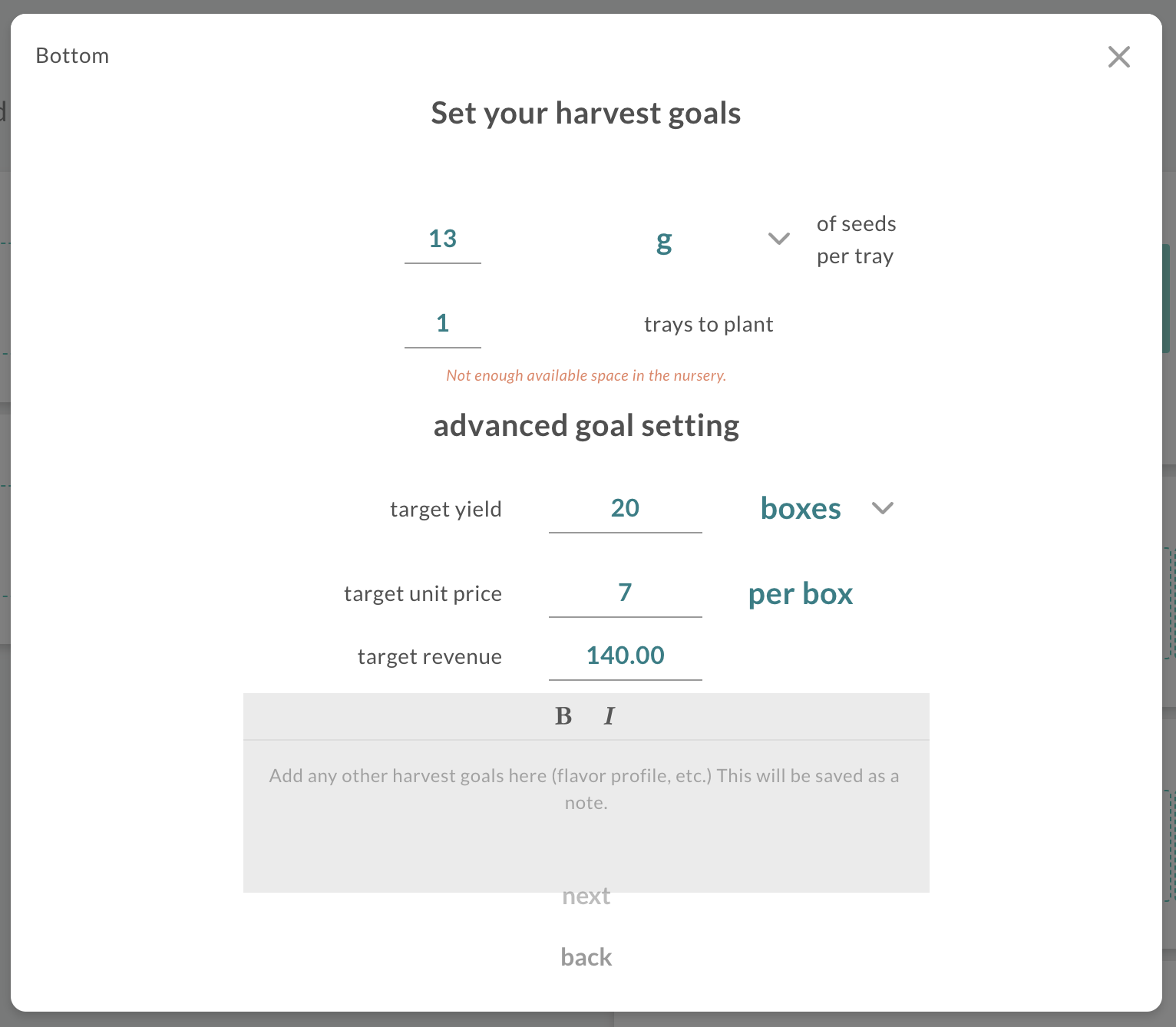
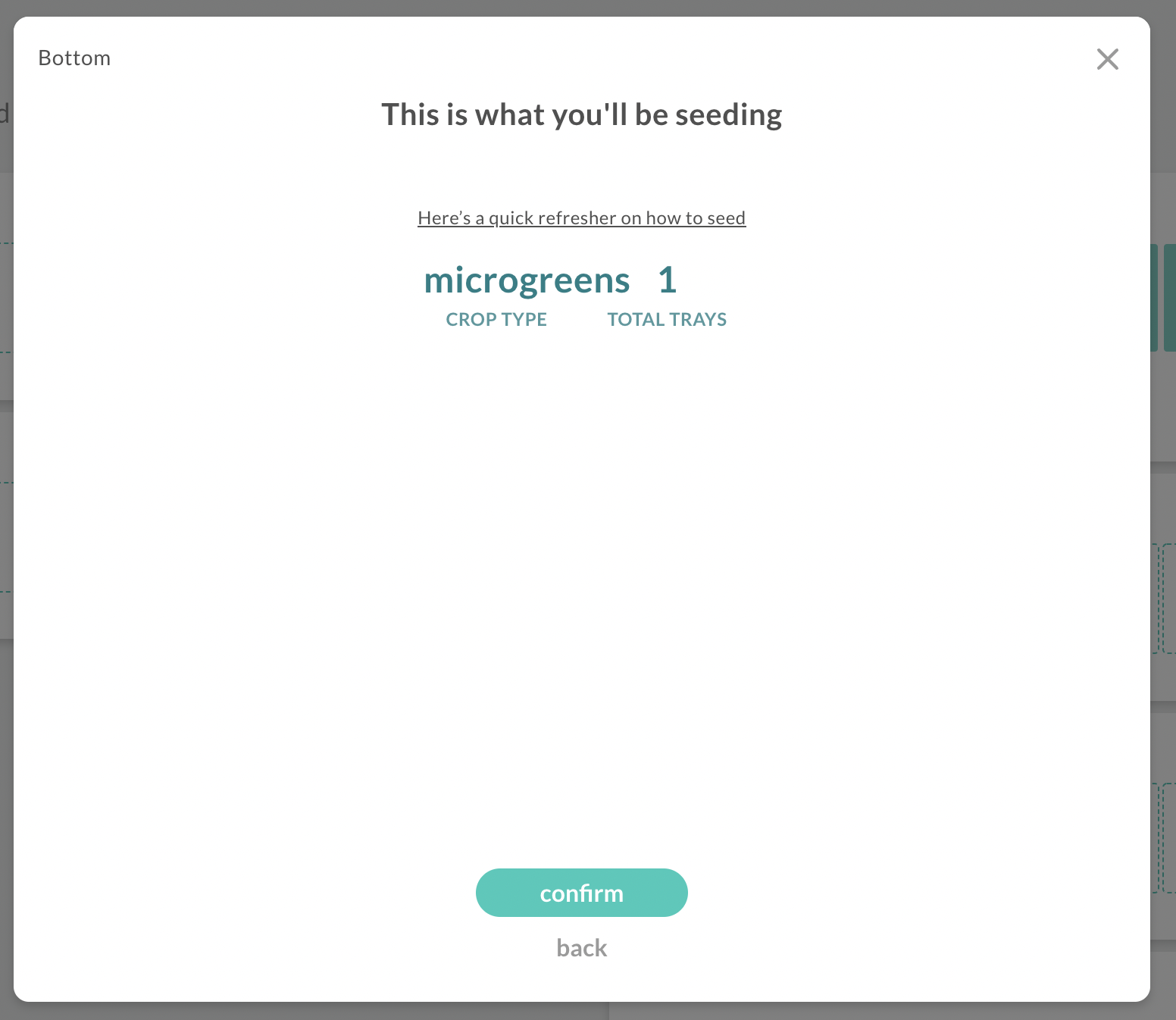
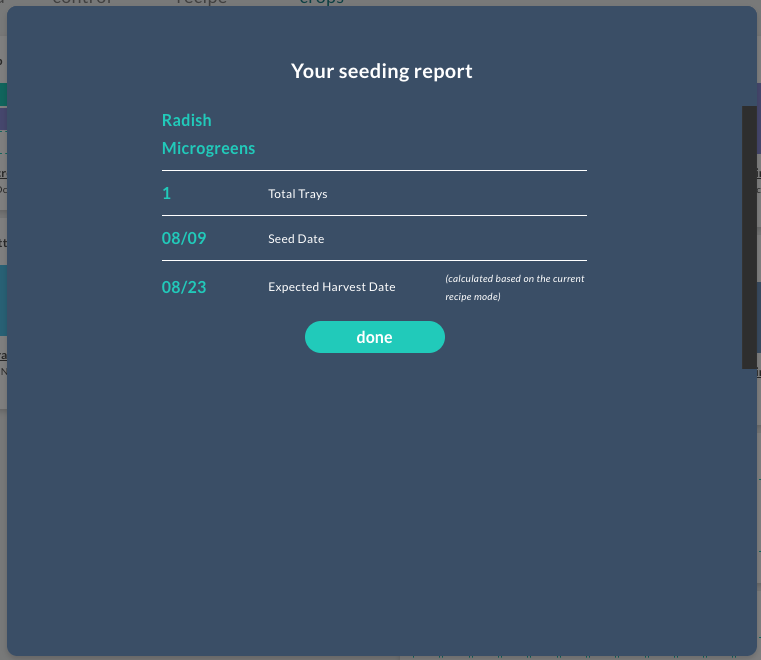


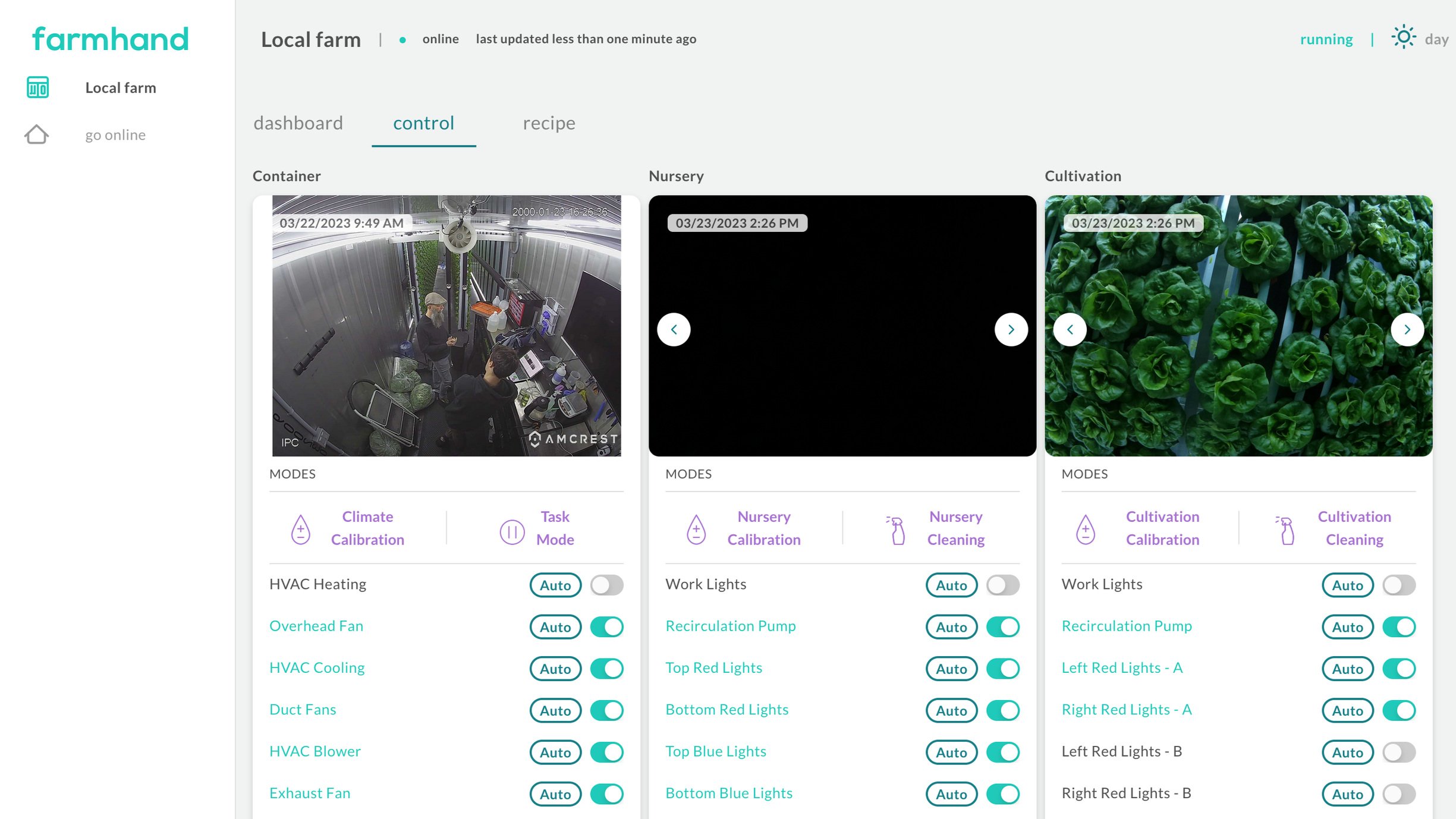






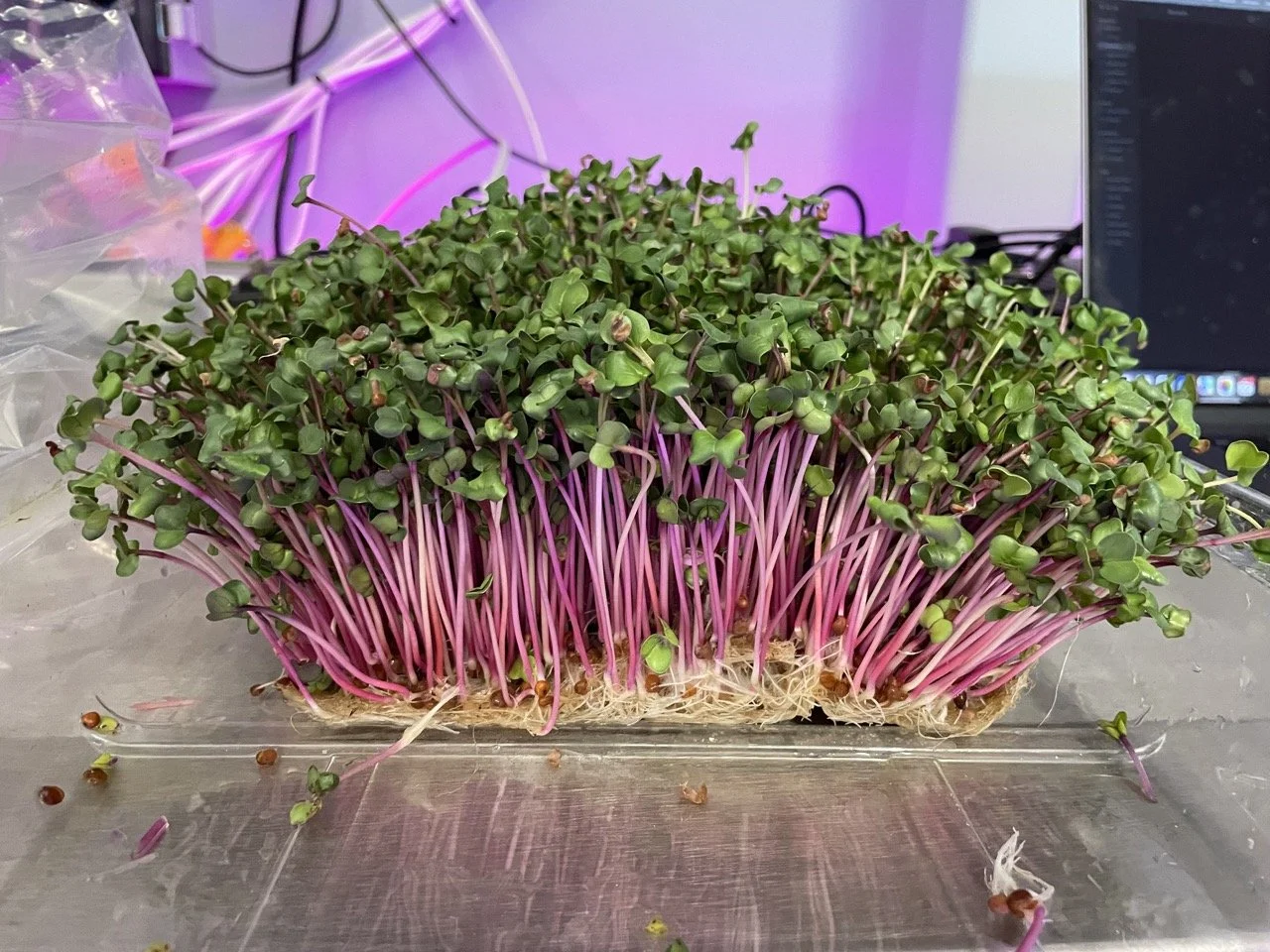














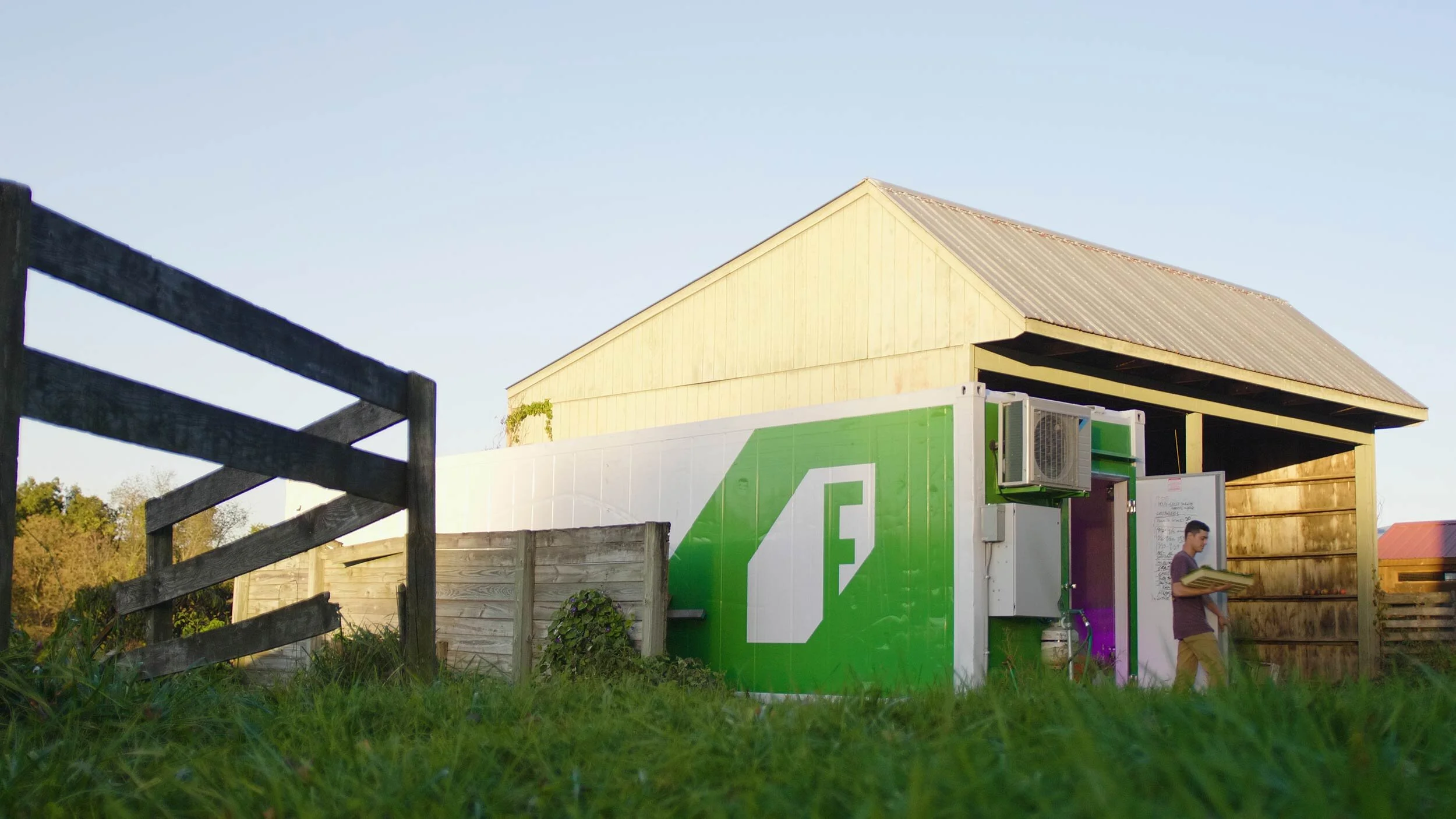




If you’re interested in bringing a Greenery™ to your community, you must familiarize yourself with local zoning regulations. In this article, we cover the zoning basics and our 7 tips for successfully navigating zoning laws to implement your container farm.